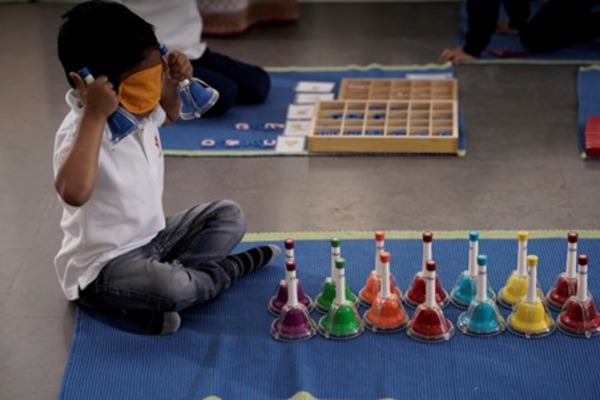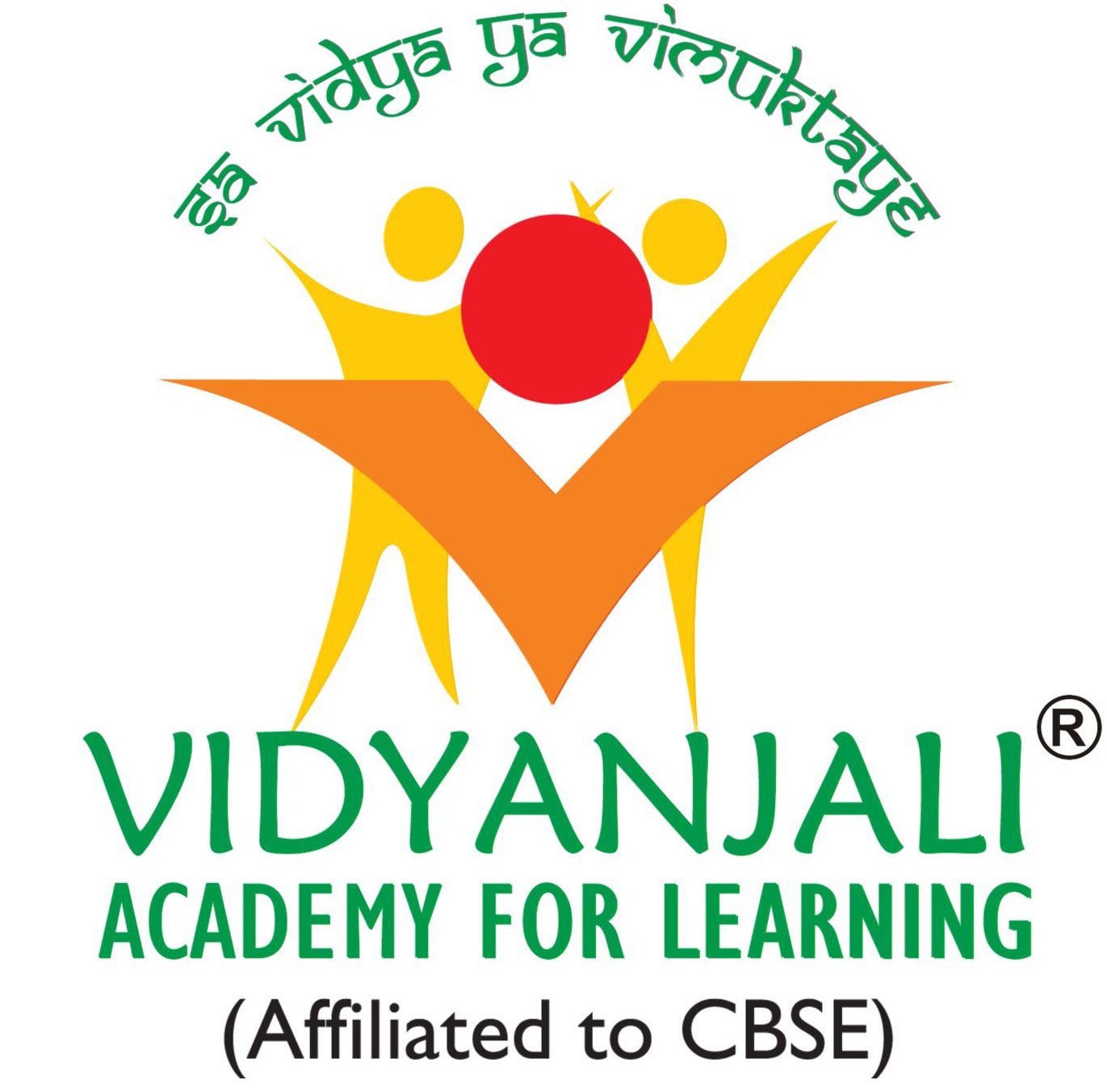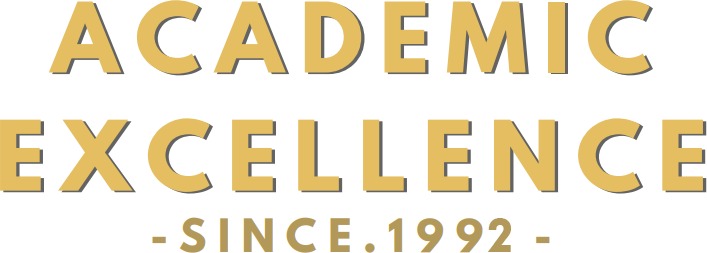
One specific individual learning technique that aims to inspire an innate curiosity about learning and a natural desire for self-teaching in the child, is the Montessori Method. This technique was developed by Dr. Maria Montessori. This type of method advocates child-centered learning. Most importantly, such methods function in practical life and develop the habit of life-long learning among children.
Montessori education has spread worldwide and is widely followed in schools and home settings. Vidyanjali Academy for Learning follows the core principles of Montessori education and gives a space to students for holistic development. Read on, to learn the core principles and benefits of the Montessori method of education.
What is the Montessori Method?
One approach to encourage the child to learn through self-directive activities, hands-on work, and collaborative play with the teacher is the Montessori Method. Through this method, teachers offer the presentations to the children at the right time, They allow the children to explore topics which they want to choose and explore, in a particular area while helping them to develop independence and responsibility for their learning processes. It fosters curiosity among the children, developing their confidence and a lifelong passion for learning.
Origins and History of the Montessori Method
The Montessori Method was founded in the early 1900s by Dr. Maria Montessori, who was the first woman to graduate with a medical degree from Italy at the time. She developed this method based on the observation of patterns in children's learning behaviours.
In 1907, she founded her first Montessori school called “Casa dei Bambini” in Rome, to educate improve children from lower socioeconomic backgrounds. She gained recognition after demonstrating successful applications in schools, and it has since become a global movement, applied across different age groups and cultures.
Basic Philosophy of Montessori Education
Montessori education centers on the belief that children are naturally eager to learn. This philosophy respects each child as an individual and supports their innate desire to explore, discover and make sense of the world. Montessori schools prioritize nurturing the "whole child" in cognitive, social, emotional and physical aspects while creating a balanced approach to education.
Differences Between Montessori and Traditional Education
Montessori education is highly different from traditional education. Traditional classrooms are generally teacher-centered, with a strongly structured curriculum. Whereas Montessori classrooms are child-centered, flexible, and self-directed. In a Montessori classroom, the child is considered an active participant in learning and teachers act as guides rather than directors.
Key Principles of the Montessori Method
In the Montessori Method, the child is positioned at the center of the teaching and learning process. No strict curricula are followed since the children are free to choose already presented activities, what they want to engage with, thus placing ownership of their learning in themselves. This approach also respects the speed at which a child is able to learn and promotes confidence.
For every curriculum topic, Montessori education allows children to develop their curiosity and love for learning. This enables children to make decisions based on the problem at hand, solve problems, and create a positive attitude of love for learning.
Importance of a Prepared Environment
One of the major principles of Montessori Education is the "prepared environment." Everything in a Montessori classroom is scientifically prepared to encourage independence and curiosity. Materials are placed in the open shelves for children to access and space is organized to support focused and purposeful activity.
The special materials in the Montessori classroom arrangement are meant to stimulate exploration. Articles are placed on open shelves at the children's reach, so that they can choose whatever they want to do. It helps to build a sense of responsibility, as the children learn to care for their surroundings.
The special materials in the Montessori classroom arrangement are meant to stimulate exploration. Articles are placed on open shelves at the children's reach so that, they can choose whatever they want to do. It helps build a sense of responsibility as the children learn to care for their surroundings.
Role of the Montessori Teacher
A Montessori teacher is a facilitator, not a traditional teacher, who teaches in a particular manner. They observe children's needs for learning or development and then provide them with all the materials that will help them grow at their own pace. A Montessori teacher does not direct activities but instead supports children's natural curiosity.
The Montessori teachers are taught to respect the autonomy of the children. The children are at liberty to pursue their interests. The teachers establish a loving environment, facilitate learning, and are respectful and responsible.
Mixed Age Classrooms
Montessori classes consist of children of mixed ages, three or more years old. Peer learning occurs when younger children learn from older ones and older children reinforce their knowledge by helping their peers.
Mixed-age groups encourage collaboration and social development as children learn to be part of a community and receive support. This arrangement also encourages empathy, patience, and leadership skills as children learn to deal with a variety of social dynamics.
Focus on Hands-On Learning and Practical Life Skills
The Montessori Method is a hands-on learning method that utilizes materials to help children perceive abstract concepts through direct experience. Practical life activities, such as pouring, tying, and cleaning are a key part of Montessori education. They build fine motor skills, concentration, and independence.
Through practice, children develop skills to solve real and present problems. This work helps the children achieve understanding by doing tangible activities. Although the Montessori classroom allows independence, it also teaches responsibility. This framework of freedom within limits supports children in making choices that promote personal growth and social harmony.
Emphasis on Intrinsic Motivation
One of the central elements of Montessori teaching is intrinsic motivation. Montessori teachers do not use rewards or punishments; they work instead on making children intrinsically motivated by their sense of achievement. This motivates children to love learning rather than for mere rewards.
Intrinsic motivation provides resilience and higher self-confidence. Thus, when using the Montessori materials, the children feel a sense of accomplishment.
Benefits of the Montessori Method
Students at Vidyanjali receive the following benefits of the Montessori method and develop lifelong love towards learning and education:
Cognitive Development
Montessori education encourages children's cognitive skills by allowing them to think and make crucial choices. Children will solve problems as they use Montessori materials to carry out hands-on activities. This self-guided process trains children to become mentally alert/attentive. Activities involving the senses help children observe, examine and find relationships, which results in mental development.
Social and Emotional Development
Although the Montessori Method does not neglect academics, it emphasizes social-emotional qualities equally. Through collaboration with peers, collective work, and community-based ventures, children learn empathy, communication, and conflict resolution. Self-awareness, along with effective emotional regulation, has become a basic requirement to ensure proper relationships and manage emotions properly.
Encouraging Autonomy and Self-Regulation
Montessori education promotes independence. Children are given choices and trained to solve problems independently. Through designed activities, they learn to control themselves and their actions in advance. Some examples of self-regulation include waiting for turns, winding and cleaning up after activities and respect for personal space.
Encouraging Creative and Critical Thought
In Montessori education, children learn through working, doing arts, or solving problems. This approach to teaching gives children the opportunity to think creatively and critically to create new, innovative solutions. As a result, they develop an innovative mindset to support lifelong learning and adaptability through open-ended explorations.
Long-term Academic Success
Montessori students tend to perform well academically compared to their counterparts in traditional schooling. The applied methodologies of Montessori assist a child in building a robust skill set in mathematics, language and science, which helps to support further success in academics.
Concentration, time management, and problem-solving are skills developed in Montessori students. These skills prove crucial for these students beyond and in traditional classroom settings, in their future.
Love for Learning for Life
With the Montessori method, children develop a lifetime love of learning. They become curious and independent to know anything and everything. With time ahead in their life, they continue exploring new knowledge and ideas, often not getting tired of it. This love for learning helps children to develop into self-motivated, open-minded and adaptable individuals.
Different Stages of Montessori Education
Montessori education is suitable for children of all age groups. The instructional approach and materials used are modified according to the student's age and interests. The following are the key stages considered in Montessori education:
Montessori for the Infants and Toddlers
The Montessori education curriculum for the youngest learners mainly involves experiencing things through sensory experiences and activities that enhance the development of motor skills. The little ones will engage themselves in activities designed to facilitate exploration and increase confidence while interacting with the environment.
Montessori in Preschool
Preschool in a Montessori school environment presents a very structured set of activities from which the child develops their skills in literacy, numeracy and practical life. Activities within the preschool involve sorting and pouring and a simple introduction to math, all leading to further understanding and learning.
Montessori in Elementary School
Montessori elementary classes work on more complicated subjects, including mathematics, language art and science, through work, projects and activities.
Once the children, settled/established the teacher pushes them towards research/explore, asking further questions that require a deeper analysis of the problem or topic.
Montessori for Adolescents
Montessori education for teenagers is more about life skills, the usage of critical reasoning, and applicability in real life. They could be a part of any project in the community, internship or business planning that helps adolescents prepare responsibly and become resilient in post-Montessori life.
Common Misconceptions About Montessori Education
The following are the misconceptions that people usually come across before enrolling their child in a Montessori school. Here, we will debunk them all:
1. Is Montessori Only for Wealthy Families?
Even though some private Montessori schools charge quite expensive tuition, most public Montessori programs and scholarships have made this form of education accessible to families from various backgrounds. Montessori education seeks to cater to all children, regardless of socioeconomic background.
2. Is Montessori Education Too Unstructured?
Montessori classrooms look relatively informal, but the structure is provided through a very well-prepared environment and also clear routines. In this scenario, children can choose their activities because boundaries are in place that promote both discipline and responsibility.
3. Do Montessori Students Have Difficulty Adjusting to Traditional Schools?
Montessori students do not tend to have a hard time adjusting to conventional schools due to their superior self-regulation and critical thinking skills. Their predisposition to self-directed learning often makes them more resilient and flexible in different settings.
4. Is Montessori Only for Young Children?
While Montessori is famous for its early education, its principles are applicable to any age group of students, from infancy to adolescence. Many Montessori schools offer programs for older children and teenagers that support their special developmental needs.
How to Choose a Montessori School?
Once you know the key principles and core philosophies of Montessori education, you will want to admit your child to a Montessori school. However, with multiple options available, you may find it overwhelming to choose one school that aligns with your child’s abilities. Following are the key steps that you can follow:
How to Identify an Authentic Montessori School
When searching for a Montessori school, look for one that follows the core Montessori principles, such as child-centered learning, a prepared environment, and mixed-age classrooms. Genuine Montessori schools employ certified Montessori teachers trained in this unique approach.
What to Look for During a Montessori School Tour
Keep a close eye on the environment, teacher-to-student interactions, and children's receptivity and focus. An organized, child-centered environment with knowledgeable staff is a great indicator of quality Montessori education.
Questions to Ask When Considering a Montessori School
Ask about the teacher's Montessori certification, if the school is accredited and what is the curriculum implemented. Do not forget to ask the school how transitions to public schools are addressed and support for social and emotional learning.
Montessori Accreditation and Certification
Accreditation ensures that a school upholds Montessori standards. Organizations like the American Montessori Society (AMS) and the Association Montessori Internationale (AMI) provide accreditation for schools and certification for teachers so that students receive high-quality Montessori education.
How to Implement Montessori Principles at Home
Lay out materials in accessible ways, provide child-sized furniture, and encourage independence to create a Montessori environment. A peaceful, orderly space with just a few good activities that inspires focus and independence. Following are some other ways to implement Montessori at home:
Incorporating Montessori Activities into Daily Routines
Engage children in activities such as cooking, cleaning, and gardening. All these practical life skills provide confidence, motor skills and independence in much the same way, that hands-on learning does in a Montessori school.
Encourage Independence and Self-Directed Learning
Offer choices and let children make decisions. For example, give them options: “Would you like to read or draw?” Allowing children to select activities builds confidence and encourages curiosity. Start small activities, like letting them choose clothes or prepare a snack with simple items.
Resources for Parents Interested in Montessori Education
Look for books like The Montessori Toddler or How to Raise an Amazing Child the Montessori Way. Join online communities or follow our blogs for tips and activity ideas. Workshops and videos on platforms like YouTube can also be valuable.
Conclusion: Is Montessori Education Right for Your Child?
Montessori education is a child-centered approach that respects each child’s unique learning style. It nurtures independence, self-motivation, and a love for learning, making it an excellent choice for many families.
Deciding if Montessori is right for your child depends on their personality, learning style, and educational goals. Montessori can be an excellent fit for children who thrive with independence and hands-on learning experiences.
Frequently Asked Questions About the Montessori Method
1. Is the Montessori Method Suitable for Every Child?
The Montessori Method helps many children become independent and self-motivated. However, not every child thrives in such an environment, especially when they require more structure or guidance. At Vidyanjali Academy, we assess each student's needs and ensure that they flourish in a nurturing environment tailored to their learning style.
2. How Can I Learn More About Montessori Education?
You can learn more about Montessori education by reading books, attending workshops, or visiting schools. Vidyanjali Academy opens its doors to parents for tours and informational sessions so you can see our Montessori approach first-hand and learn how we promote independence, creativity, and growth in every student.
3. What are the Challenges of Montessori Education?
The only downside is that it does not work for every child because it requires less structure. Besides, it requires highly skilled teachers trained in child-centered learning.
4. How is Progress Measured in Montessori Schools?
Montessori schools measure progress through observation and portfolio reviews, which focus on each child's growth rather than grades. Vidyanjali Academy for Learning, emphasizes personal milestones and gives children the freedom to excel at their own pace. Moreover, teachers continually document and guide their development to ensure continuous learning.
5. How Do Montessori Students Transition to Traditional Schools?
Montessori students generally adjust well, because of their self-discipline, independence, and adaptability nature imbibed along with their learning in the environments. Although some might take time to get used to the traditional grades and testing format, Vidyanjali Academy will prepare the students well and help them develop skills that will be helpful in any educational setting.



